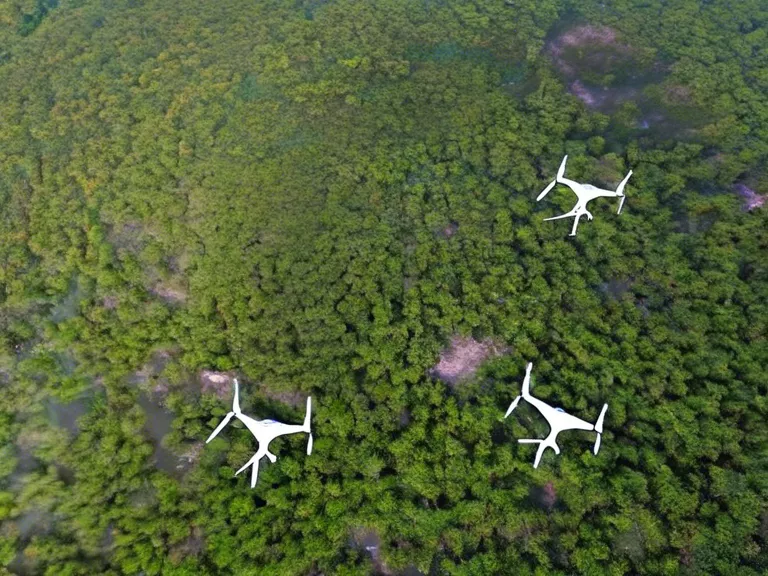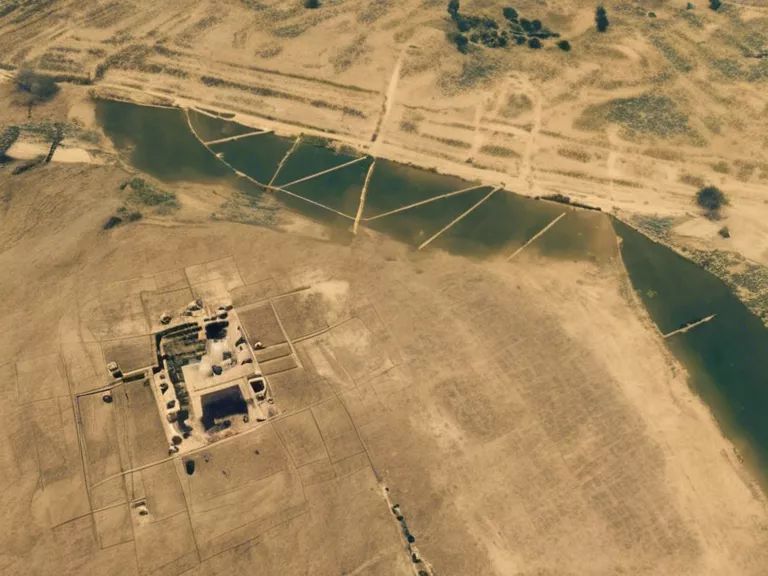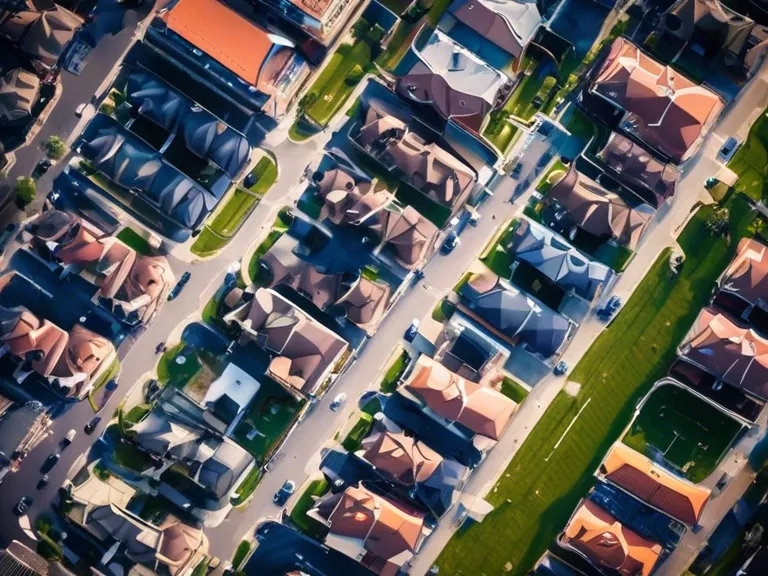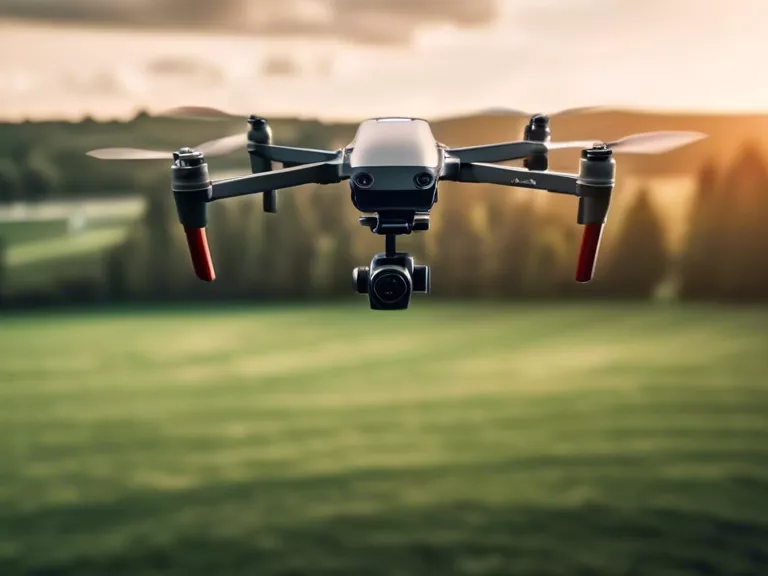
With the advancement of technology, drones have become powerful tools in the field of wildlife conservation. These unmanned aerial vehicles are being used to monitor wildlife habitats and aid conservation efforts in various ways.
Drones equipped with cameras and sensors can fly over vast areas of land, providing a bird's eye view of wildlife habitats. This aerial perspective allows researchers and conservationists to study wildlife populations, map habitats, and monitor changes over time. By gathering data from drones, scientists can better understand the behavior of animals, track migration patterns, and identify potential threats to species.
In Africa, drones are being used to combat poaching by monitoring wildlife reserves and detecting illegal activities. With thermal imaging cameras, drones can spot poachers even in the cover of darkness, leading to more effective conservation efforts and protection of endangered species.
Furthermore, drones are used for reforestation efforts by planting seeds in hard-to-reach areas, restoring natural habitats, and combating deforestation. Drones can also track the spread of invasive species, monitor water quality in rivers and lakes, and even conduct anti-poaching patrols in remote areas.
Overall, drones are revolutionizing the way we monitor and protect wildlife habitats. By leveraging the power of technology, conservationists can collect valuable data, make informed decisions, and ultimately work towards preserving our planet's biodiversity for future generations.



